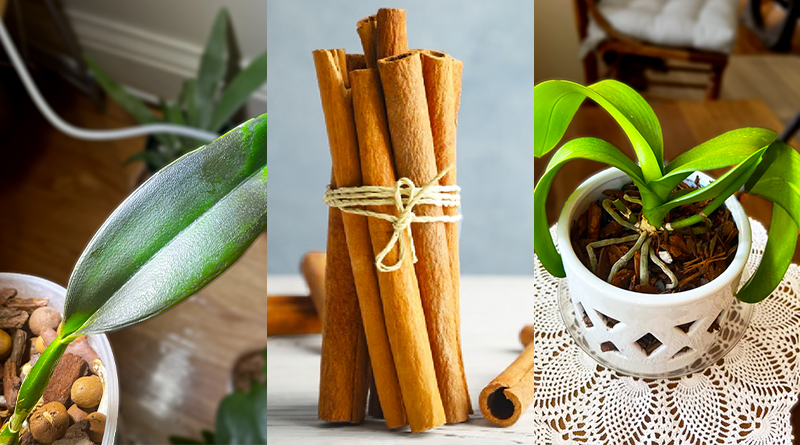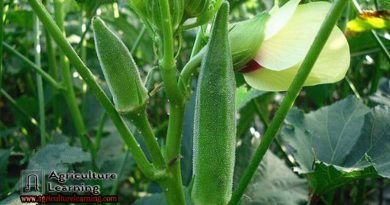What Are These Black Spots on My Orchid Leaves?
Any time the weather is rainy or damp for extended periods, black rot can quickly destroy your orchid plants. Caused by one or both of the fungi Pythium ultimum and Phytophthora cactorum, black rot affects a wide variety of orchids. Cattleyas seem to be particularly susceptible.
Symptoms
- When fungus attacks seedlings, it is usually at the soil line. This can cause the little plants to topple and die, and is referred to as damping off.
- Light brown to yellow V-shaped lesions on the leaf, typically starting along the leaf margins.
- In mature plants, the disease can strike at any point on the plant but often starts in new leaves or growing leads, and progresses downward through the plant until reaching the roots.
- The center of the lesion becomes dry and brown and as it continues to spread on the leaf, gives the entire leaf a scorched appearance.
- As the disease progresses, veins on leaves, stems and roots turn black.
Treatment
There are some ways to stop the spread of black rot in your orchid. The ways are given below:
Trim The Rot
Take a sterile knife and trim the diseased portion of the plant. Remove all infected plant material, taking out a small amount of healthy tissue bordering the infected area as a safety precaution. Examine the trimmed portion carefully.
If the plant is badly infected, trim into the rhizome, growth by growth, until you reach healthy tissue. For a monopodial orchid such as a vanda or phalaenopsis, remove the infected portion of the leaf, or the entire leaf if necessary, to halt the spread of the fungus before it reaches the crown. Place the plant in an area that receives good air circulation to allow the cut to dry.
Use Fungicide
A fungicide should be applied to protect the remaining healthy tissue. Cinnamon is an excellent fungicide, and ground cinnamon may be applied straight from the spice jar directly to the exposed area where infected portions of the plant have been excised. First Rays Orchids also recommends mixing cinnamon with either casein-based glue (such as Elmer’s) or cooking oil to form a thick paste. This paste is fairly waterproof and can be used to cover the wound.
Drenching the affected plant with a fungicide is also an option. Drenches of a protectant fungicide such as Truban or Terrazole are recommended if the disease is diagnosed early. For more advanced cases, a systemic fungicide such as Aliette or Subdue is more effective. Captan, Dithane M-45, BanRot, Subdue and Physan 20 have also been recommended by some growers for control of black rot.
31 total views, 1 views today




